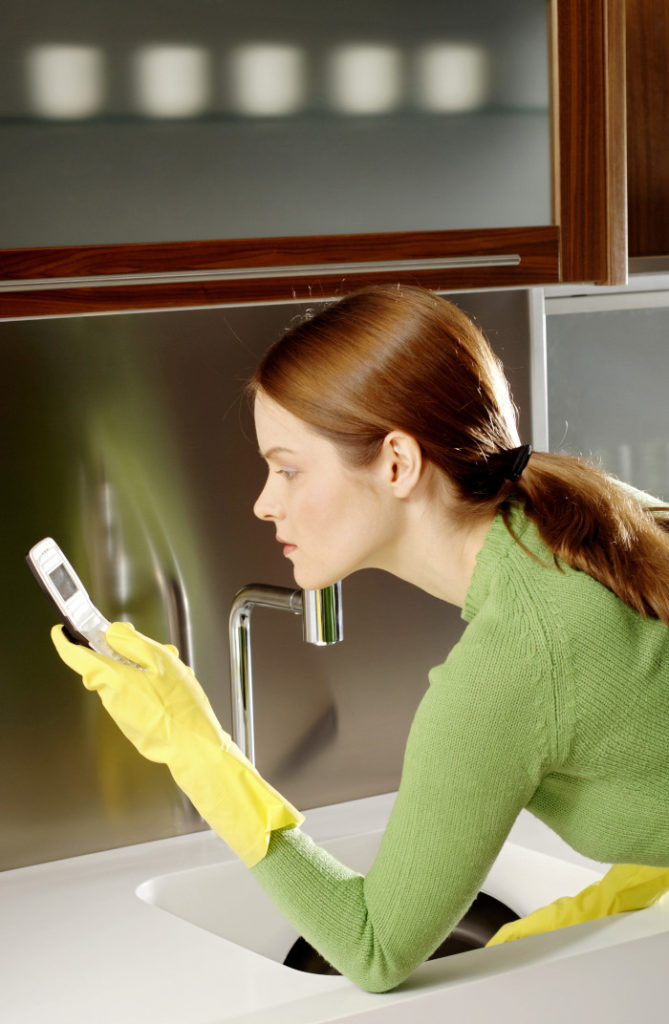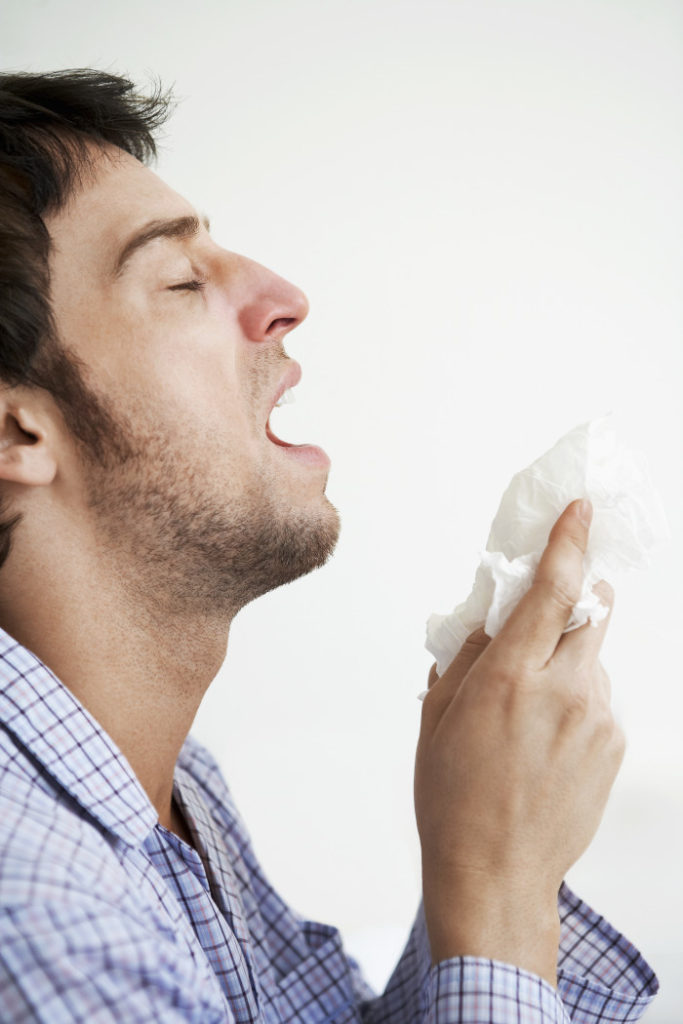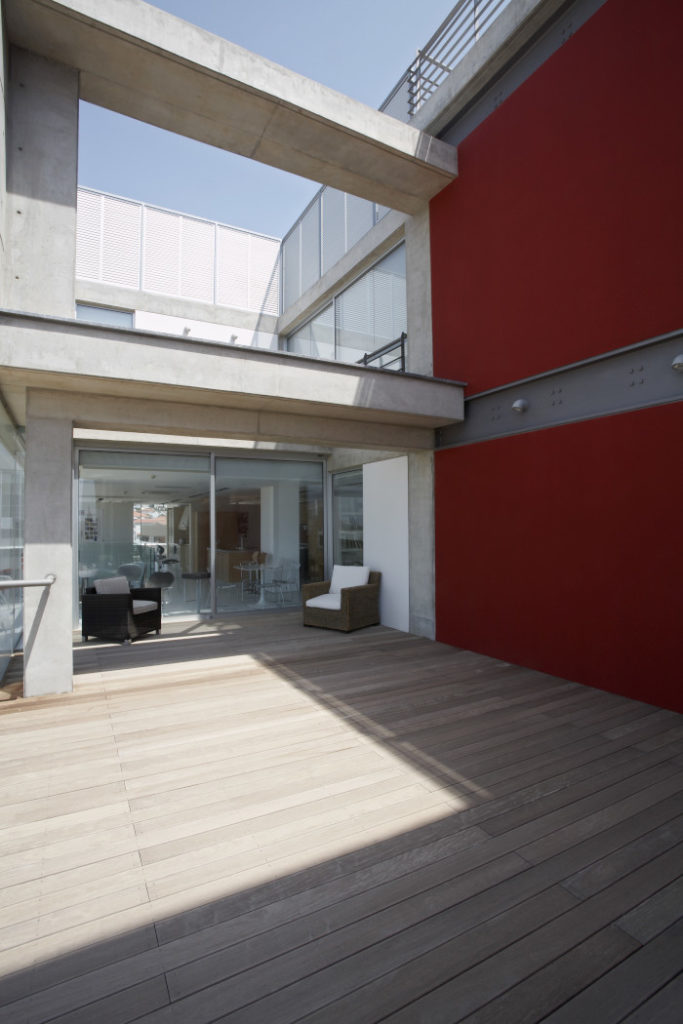Are you looking at buying new carpet for your home or replacing your old one? Here are some factors to consider when choosing which type will suit your needs:

Density
Density describes the amount of pile in the carpet and how close the tufts are to one another. In general, the more dense the carpet the better the quality. Check density by pressing your fingers on the carpet and trying to reach the backing. It will be difficult to reach the backing of a very dense carpet. With the tufts facing outward, bend the carpet into a U shape to see how much of the carpet backing shows. The less backing you see, the more dense the carpet. Source: HGTV
Fiber
The type of fiber the carpet is made of is a huge factor in the carpet’s quality. Different fibers have different characteristics, and some fiber types work better in certain situations than others.
Common synthetic carpet fibers include nylon, polyester, olefin (polypropylene) and triexta. Natural carpet fibers such as wool and sisal are used less often, but still, play a role in the carpet industry.
Style
The style of the carpet can influence its performance. The most common residential carpet styles include Saxony, Berber, frieze, and cut-and-loop. Of course, each style of carpet is available in a range of qualities, but some styles are better suited for high traffic areas than others. Source: TheSpruce
Twist
The twist of the fiber is the way the fiber filaments are spun into yarn, and how the yarn is in turn twisted upon itself. Twist is usually locked into the fiber with a steam or heat-setting. The tighter the twist, the more the carpet will resist changes in appearance and texture. Source: DIYNetwork
Do you need help replacing your old carpet? Give us a call and we’ll help you out!
The post How to Determine Carpet Quality appeared first on Curlys Carpet Repair.
from Curlys Carpet Repair https://ift.tt/3dyityD






